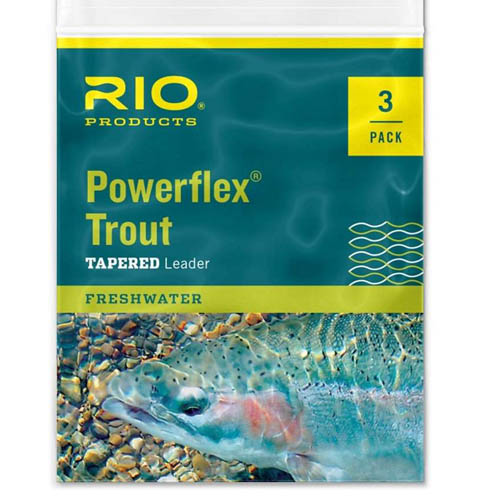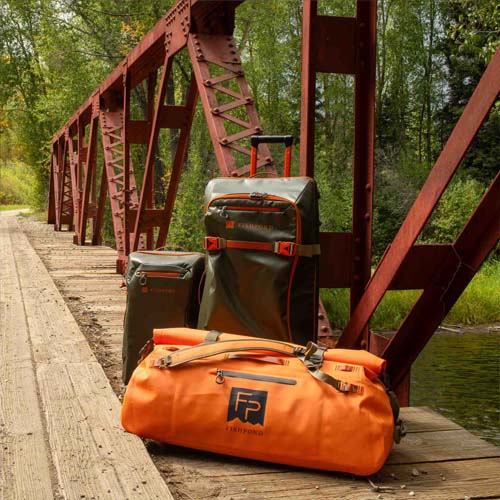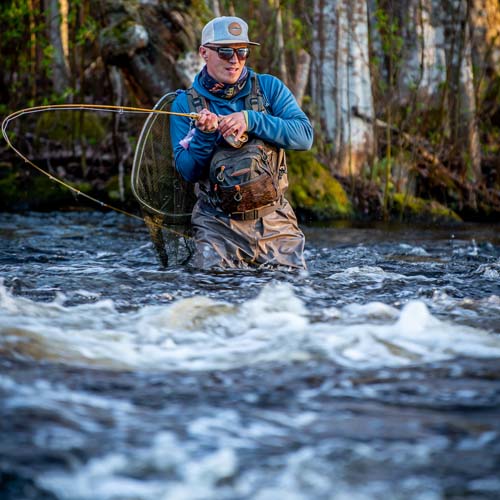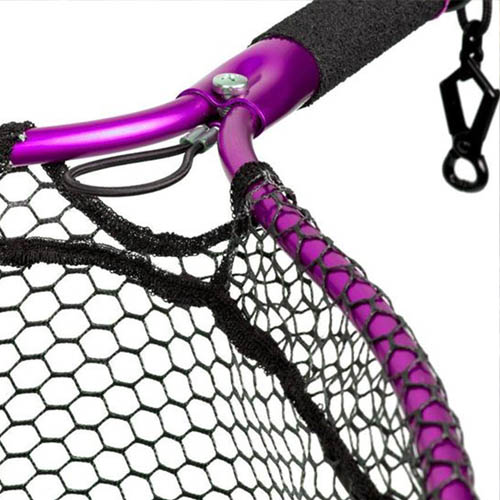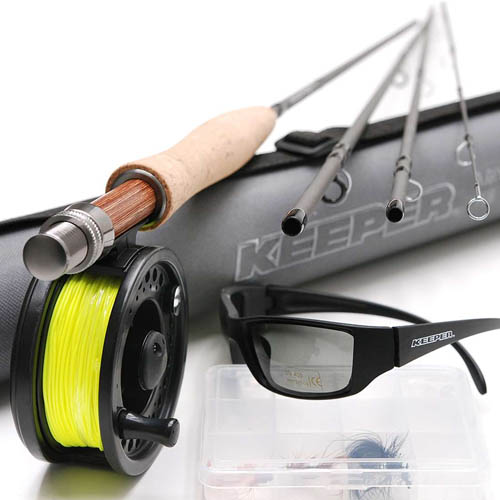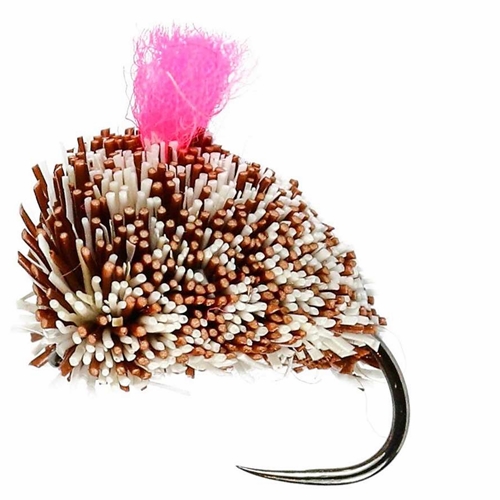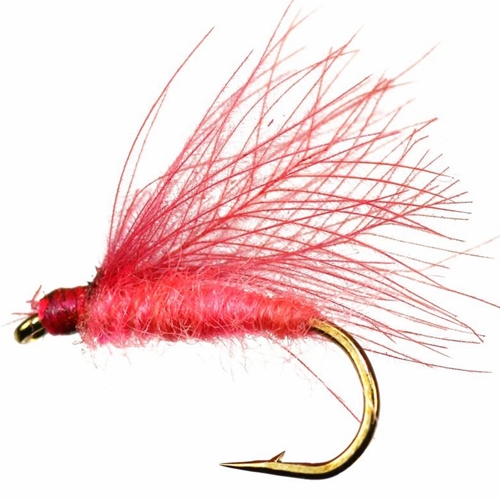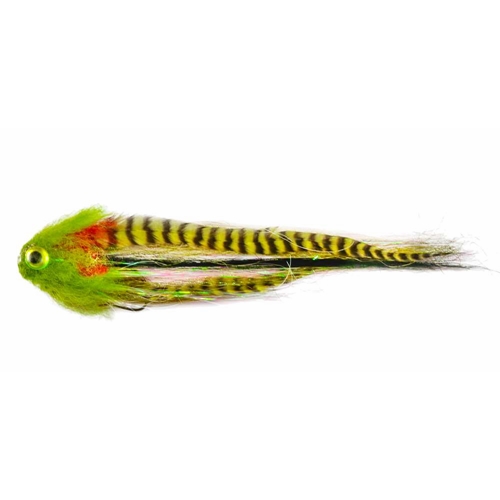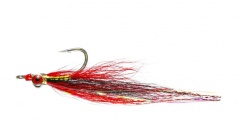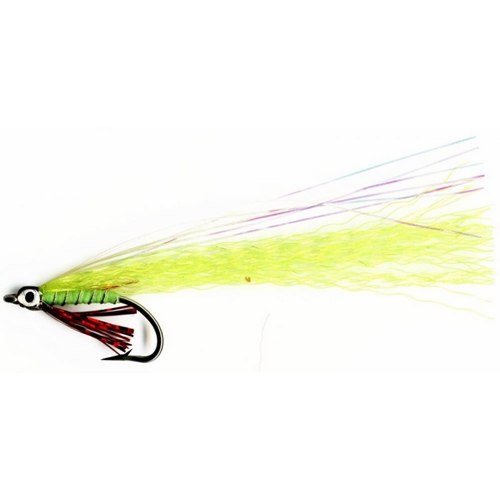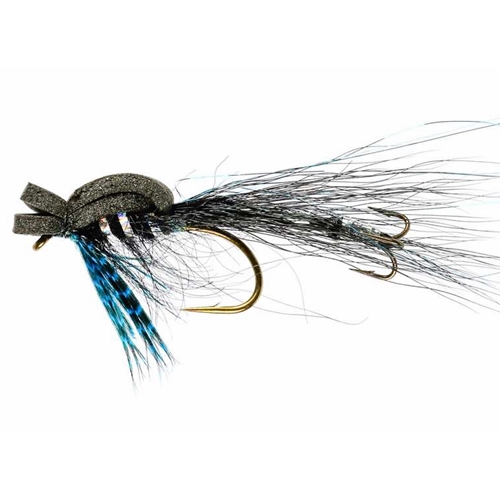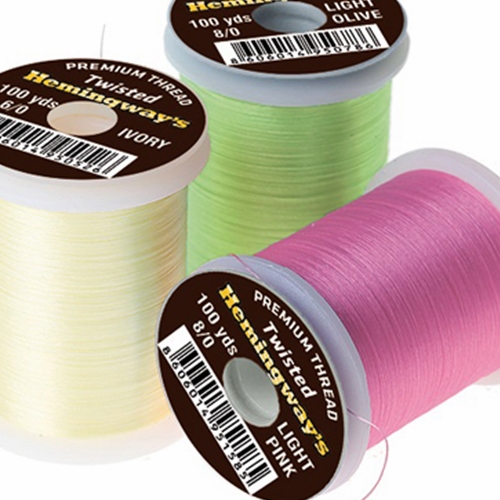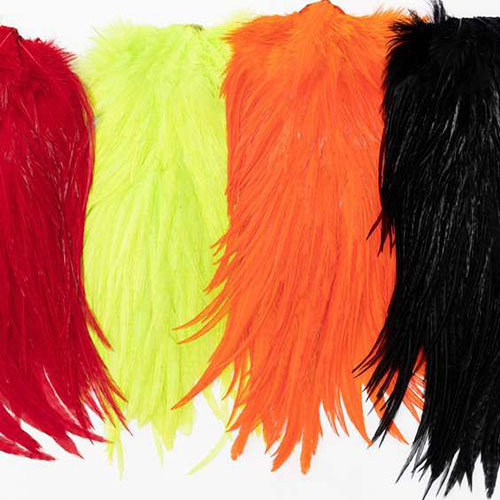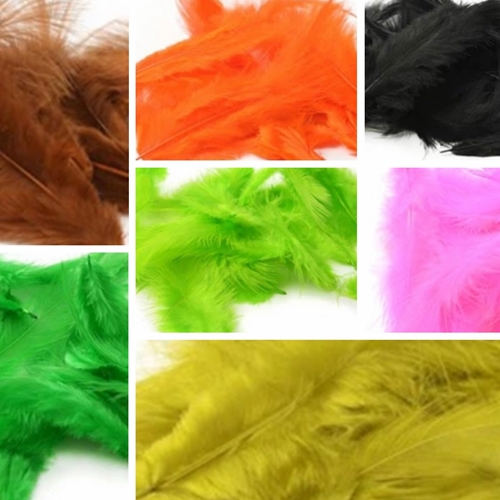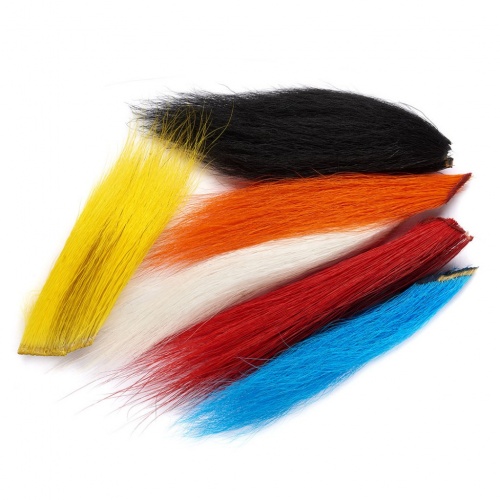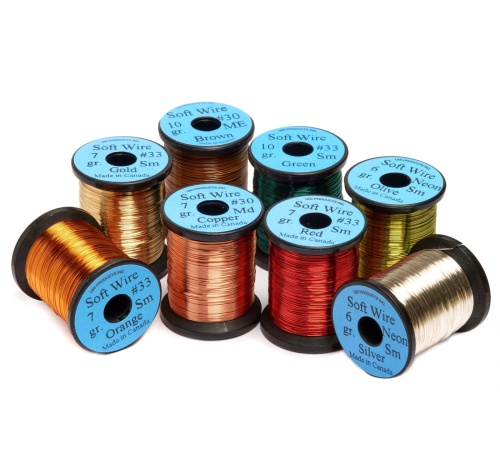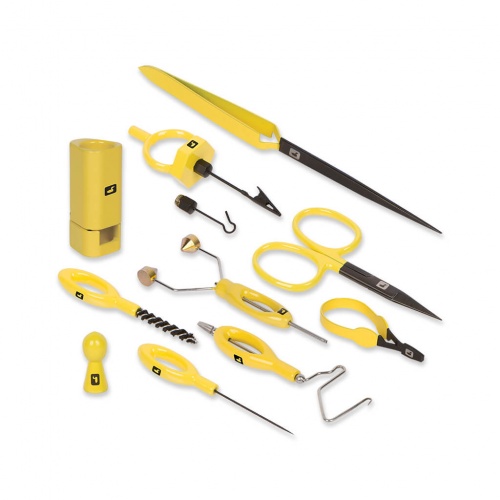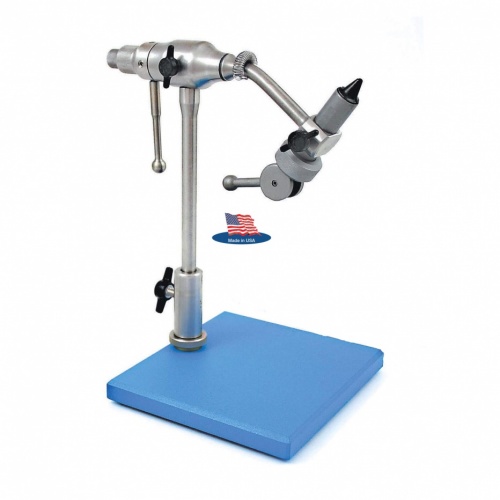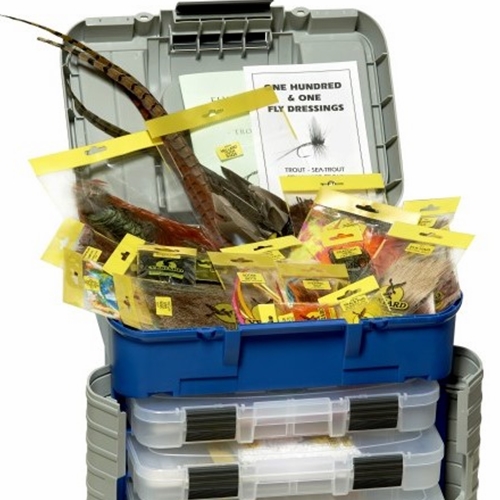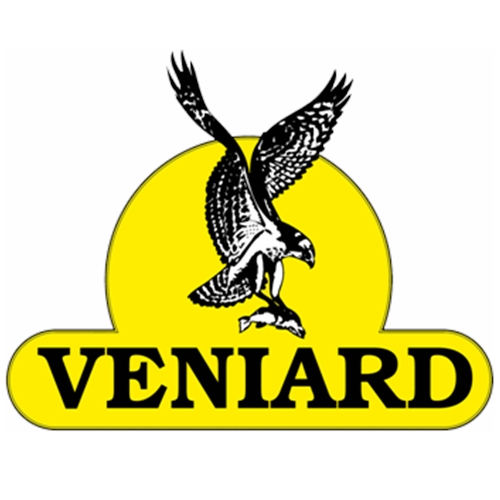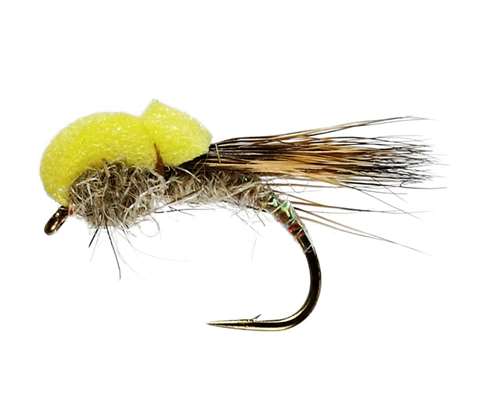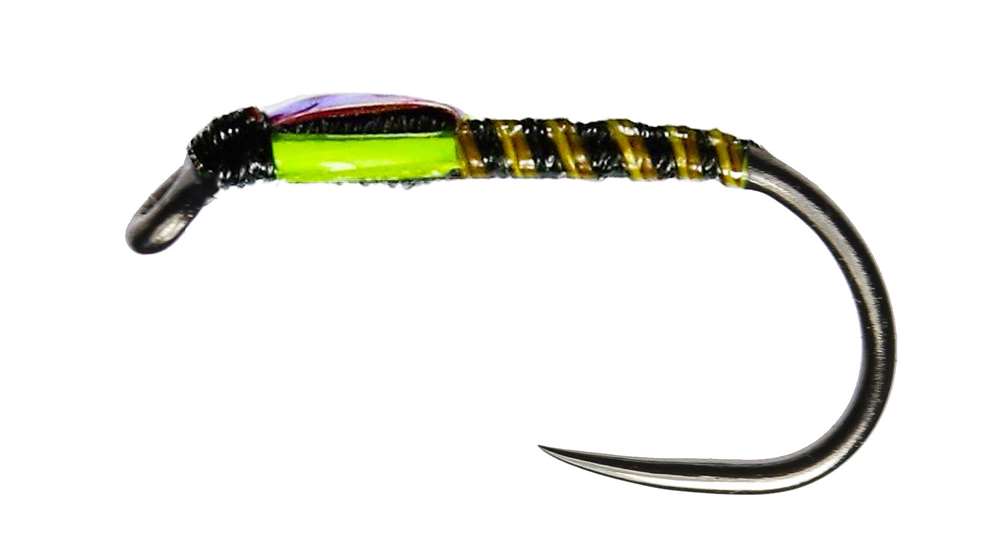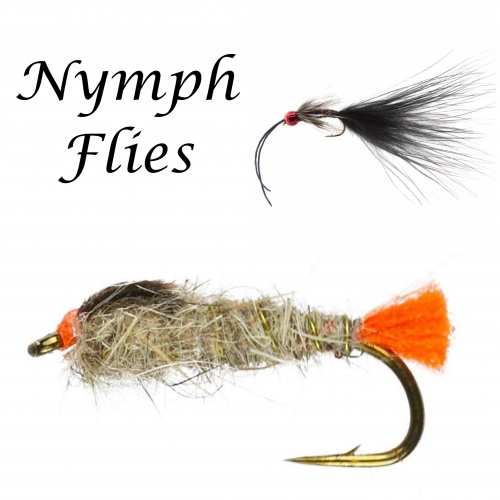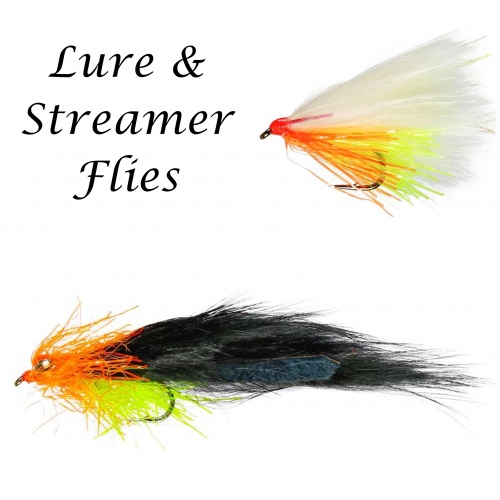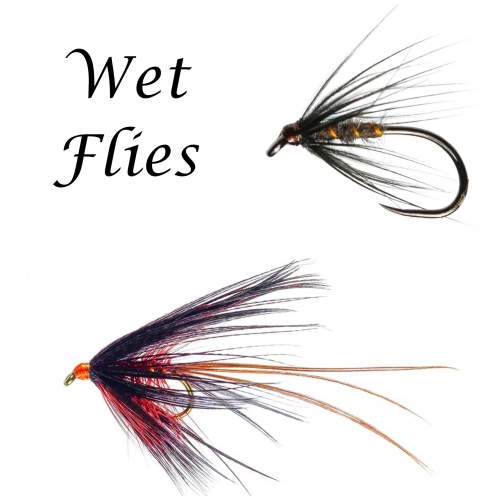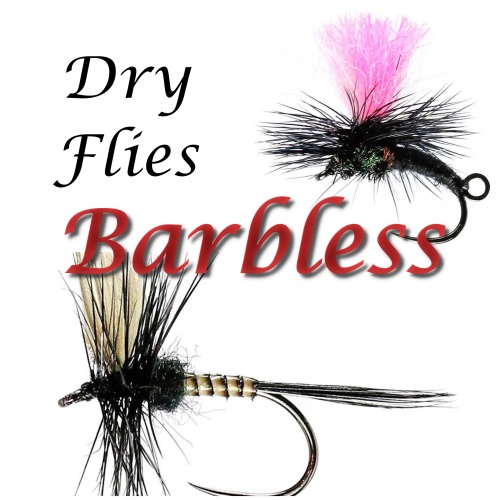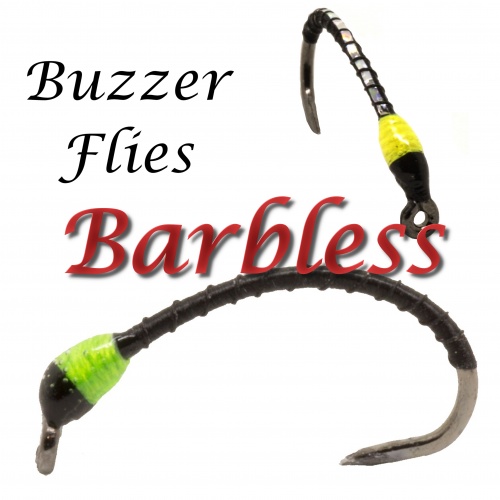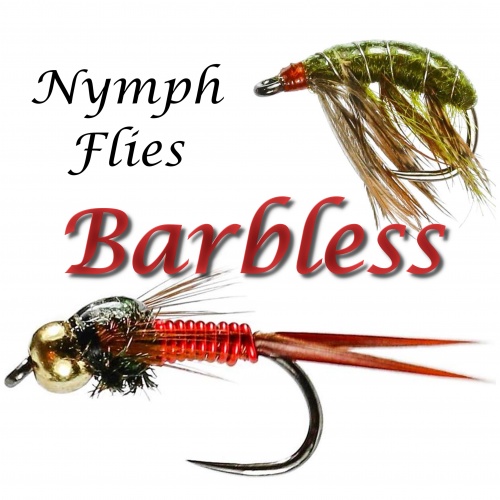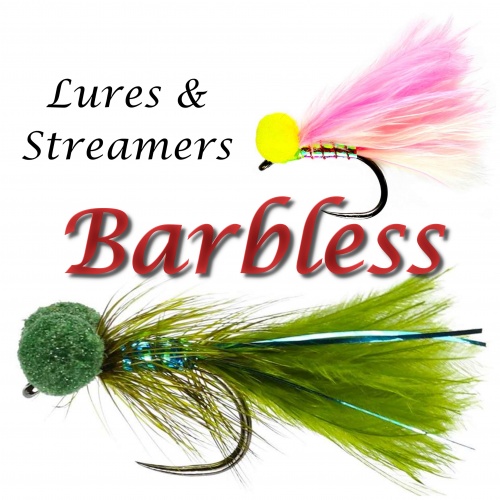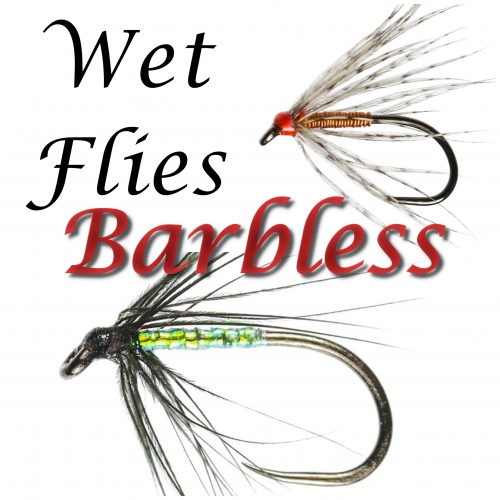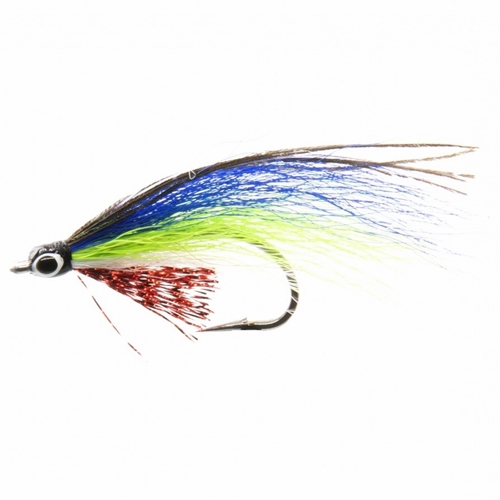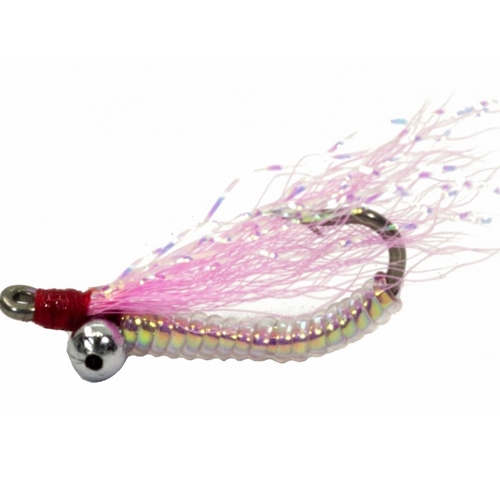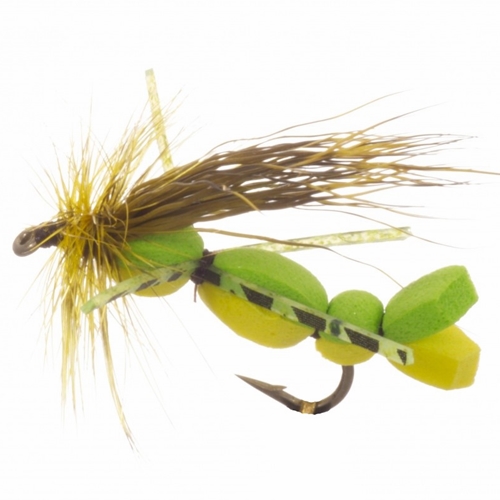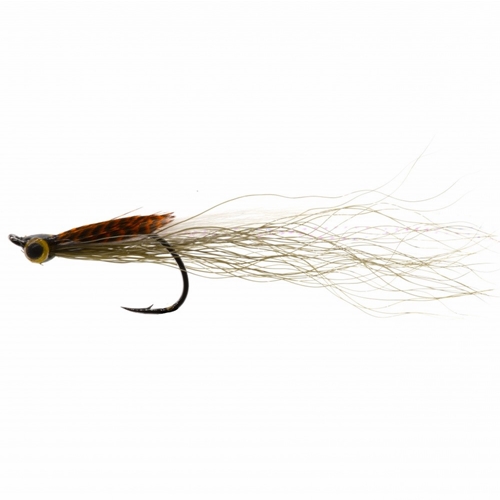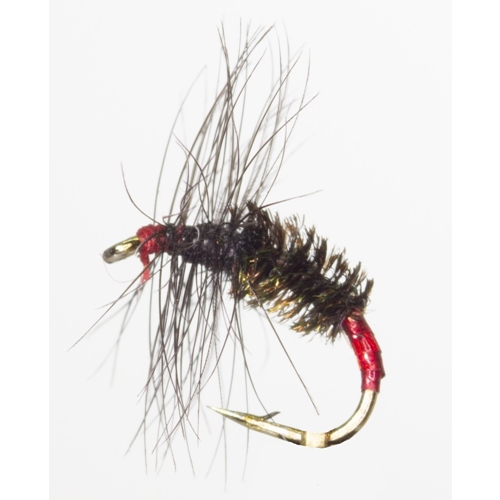Fly Fishing Glossary C's
Fly-Fishing can often be confusing to beginners to the sport because fly-fishermen talk and write in a strange language using words not always in standard use. To help take some of the confusion out of the terms bandied about by fly fishermen we have compiled this glossary.
[ A ] [ B ] [ C ] [ D ] [ E ] [ F ] [ G ] [ H ] [ I ] [ J ] [ K ] [ L ] [ M ] [ N ] [ O ] [ P ] [ Q ] [ R ] [ S ] [ T ] [ U ] [ V ] [ W ] [ X ] [ Y ] [ Z ]
CCaddis: one of the three most important aquatic insects imitated by fly fishermen is the Caddis flies; found world wide in all freshwater habitats; adult resembles a moth when in flight; at rest the wings are folded in a tent shape down the back; the most important aquatic state of the caddis is the pupa, which is its emerging stage (also see larva, pupa and emerger).
Callibaetis widely distributed genus of mayfly that is commonly found in lakes - often called the "Speckled Wing Dun" because of the speckled markings on the leading edge of the adult's wings. Callibaetis are usually found in sizes 16 & 18.
Cast: (1) the action of propelling a fly line onto the water or (2) the leader and flies
Casting Arc: the path that the fly rod follows during a complete cast, usually related to the face of a clock.
Catch and release: A practice originating in the late 1930s to conserve fish populations by unhooking and returning a caught fish to the water in which it was caught. This is a highly successful practice in many warmwater, cold water and saltwater settings.
Caudal fin: Caudal is an anatomical term meaning "the back". The caudal fin is the tail fin or tail of a Rainbow Trout or other fish.
Char: A species of game fish that is related to trout, that prefers cold water and is found many places in the world, including both east and west United States. Examples of char are lake trout, arctic char and Dolly Varden.
Click drag: A mechanical system on many inexpensive fly reels used to slow down or resist the pulling efforts of a fish, so as to slow the fish down and tire it to the point where it can be landed. A clicking sound is created by a triangular steel ratchet snaps over the teeth of the gear in the reel spool. The term singing reels refers to the high frequency clicking associated with a big fish pulling out line .
Clinch Knot: universally used knot for attaching a hook, lure, swivel, or fly to the leader or line; a slight variation results in the improved clinch knot, which is an even stronger knot for the above uses.
CDC: "Cul de Canard" as it is properly called or CDC which literally translates to "butt of the duck". Used both to refer to the feathers from the area around the oil gland of a duck and also to the flies tied with these feathers. The feathers from this area are very wispy and impregnated with natural oils making them extremely waterproof working well with dry flies.
Collar: A ring of feathers or hair placed immediately behind the head of the fly.
Compara dun: the Compara dun is a series of no-hackle dry flies created in 1970's using a hair wing tied in a 180° flair. They are very effective patterns in slow moving clear water where an imitative (as opposed to impressionistic) pattern is needed.
Co-Polymers: mixtures of various nylons and plastics along with anti-UV chemicals that have resulted in the exceptionally high breaking strength of modern tippet material. This is certainly one of the biggest advancements in fly fishing in the last 50 years. It allows us to use very fine tippets with breaking strengths two to four times as strong as regular nylon monofilament. Co-polymers are not as abrasion resistant as regular nylon monofilament.
Curve cast: A casting technique that allows an angler to cast a fly around an obstacle. It is also used to minimize the influence of water current or wind on the fly or the fly line.







